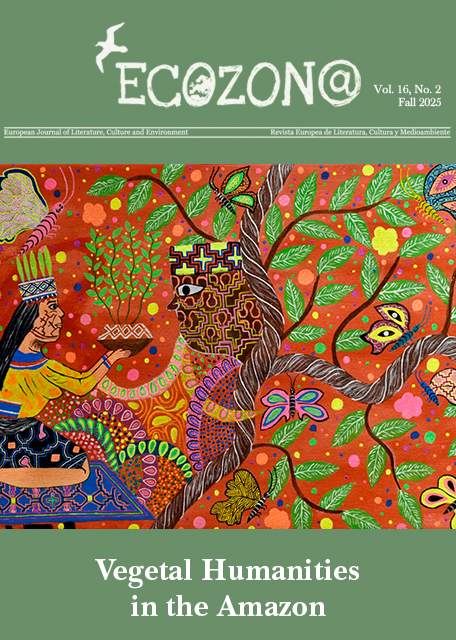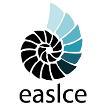Querying the Ecological Sublime: Colonial Aesthetics, Anticolonial Thought, and the “Double Fracture”
DOI:
https://doi.org/10.37536/ECOZONA.2025.16.1.5564Keywords:
anticolonial thought, Black, ecological thought, Indegenous, sublimeAbstract
This article examines the ecological sublime in its relationship to the history of colonial aesthetics, anticolonial thought, and contemporary colonialism. It argues that, while Edmund Burke utilized the sublime in support of colonialism (including settler colonialism) in North America and colonial slavery, Samson Occom and Ottobah Cugoano developed versions of the sublime to contest British colonialism in the Americas. The history of this aesthetic contestation has not been represented in scholarship on the ecological sublime, which, this article shows, has a vexed relationship with historical and contemporary colonialism. The article argues that the ecological sublime exhibits the “double fracture” of modernity in its inadequate handling of the history of colonialism and environmentalism. It concludes by evaluating the potential of the ecological sublime for anticolonial uses by Indigenous and Black thinkers.
Downloads
Downloads
Published
Issue
Section
License
Authors who publish with this journal agree to the following terms:
a) Authors retain copyright and grant the journal right of first publication with the work simultaneously licensed under a Creative Commons Attribution License that allows others to share the work with an acknowledgement of the work's authorship and initial publication in this journal (CC BY-NC for articles and CC BY-NC-ND for creative work, unless author requests otherwise.
b) Authors are able to enter into separate, additional contractual arrangements for the non-exclusive distribution of the journal's published version of the work (e.g., post it to an institutional repository or publish it in a book), with an acknowledgement of its initial publication in this journal.
c) Authors are permitted and encouraged to post their work online (e.g., in institutional repositories or on their website) prior to and during the submission process, as it can lead to productive exchanges, as well as earlier and greater citation of published work (See The Effect of Open Access).










